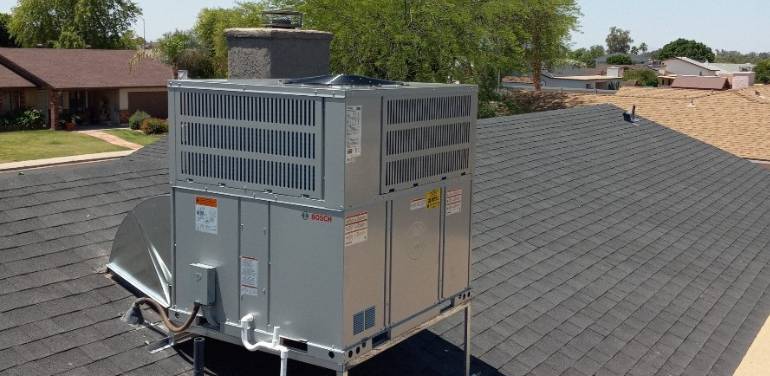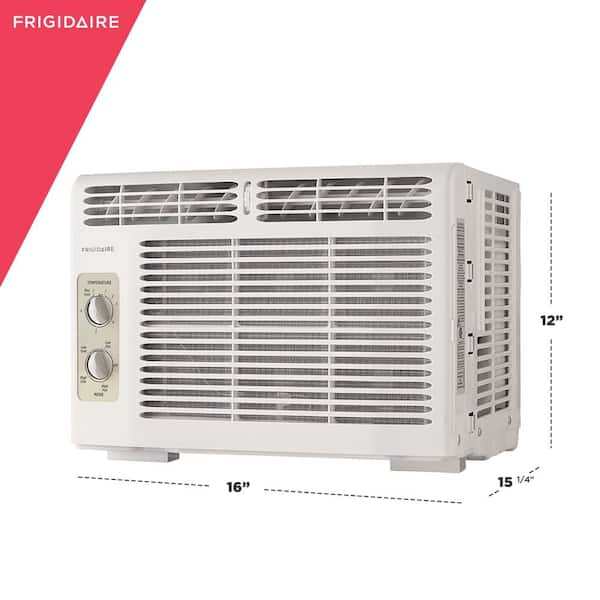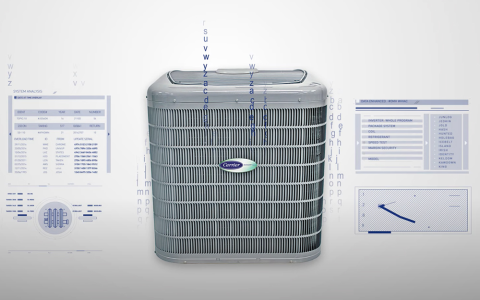How Much Does an AC Unit Weigh?
When considering the purchase or installation of an air conditioning (AC) unit, one of the first questions many people have is about its weight. The weight of an AC unit is crucial for several reasons: installation logistics, structural considerations for support, and transportation. Understanding this factor can help you prepare better for the setup process and ensure everything goes smoothly.

Understanding AC Unit Types
Air conditioning units come in various types, each with unique characteristics and weight ranges:
-
Window AC Units: These are typically lighter than other AC systems since they are designed for window installation.
- Weight: A small window AC unit can weigh anywhere from 15 to 50 pounds. Larger, more powerful units can nudge this weight up to 75 pounds or more.
-
Portable ACs: Known for their mobility, these units are usually self-contained and equipped with wheels for easy movement but also tend to be on the heavier side due to the inclusion of a condenser and an exhaust hose.
- Weight: These can range between 35 to 100 pounds, influenced by their capacity and model features.
-
Split Systems: These systems are divided into an indoor unit and an outdoor unit, complicating the total weight distribution.
- Indoor Unit: Generally lighter, weighing approximately 20 to 60 pounds.
- Outdoor Unit: Contains the compressor and is significantly heavier, weighing anywhere from 70 to 200 pounds depending on capacity.
-
Ductless Mini-Split Systems: Much like split systems but without ductwork, these still boast a division of indoor and outdoor components.
- Weight: Comparable to split systems, with indoor units lighter (around 20 to 70 pounds) and outdoor units heavier (up to 180 pounds).
Factors Influencing Weight
-
Capacity: The cooling capacity or BTU rating directly correlates with the weight. The higher the capacity, the more significant the hardware, thus the heavier the unit.
-
Technology: Advances in technology might introduce lighter materials or more compact designs, although traditionally, performance improvements mean an increase in weight.
-
Components: The inclusion or exclusion of features such as built-in dehumidifiers, variable speed compressors, or even advanced filtration systems can impact the weight of the unit.

Practical Considerations
When you plan the installation of an AC unit, its weight influences several considerations:
-
Transport: For heavier units, knowing the weight helps in choosing the right transport method to avoid damage or injury. A portable AC, for instance, can easily be moved into the location by a single person or perhaps with an assistant. However, freight might be required for split systems.
-
Installation: For window units, the weight must be managed to fit it into the window frame without structural harm.
-
Structural Support: Larger AC units, particularly the outdoor component, may necessitate additional support or reinforcing structures to handle their load on the building’s framework.
-
Safety: Architects and builders need to consider how much weight floors or rooftops can sustain, especially when multiple units are installed.
Maintenance and Adjustments
Considerations about weight also extend to maintenance:
-
Moving Units: Technician visits or even moving portable units for cleaning or storage require understanding the unit’s weight.
-
Upgrades: If you plan on upgrading to a more significant system in the future, evaluating the structural capacity becomes increasingly important.

In essence, when you delve into the specifics of how much an AC unit weighs, you’re not just exploring a statistical fact but seeking a comprehensive understanding that influences many practical aspects of owning an air conditioning system. Providing a figure of weight helps in meticulous planning, ensuring that the installation and ongoing use of your AC unit go off without a hitch, offering optimum cooling with peace of mind. Remember, a thorough assessment of your requirements and the sheer size and weight of the AC unit can prevent future issues and improve the climatic comfort of your surroundings.



